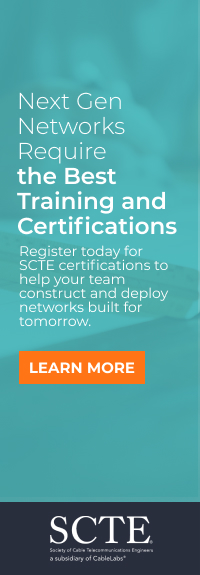Connectivity is not a destination; it’s a moving target. It isn’t something that can be statically “achieved.” It needs to be resilient, adaptable and, ideally, autonomous. The networks we build and upgrade today will shape the limits of what AI can do for years to come, paving the way for some of the exciting new use cases...
becoming localized interconnection “hubs” for AI within their city areas – dense ecosystems where enterprises, cloud providers, AI developers, and edge networks converge. Here, we see the
emergence of the interconnection triangle for AI inference, enabling stable and low-latency data exchange between AI agents and devices through high-powered transmission technologies.
The logic is simple: the closer AI models and services are to the people and devices they serve, the faster and more reliable their performance will be. Direct, local or regional interconnection
minimizes the number of hops, reducing latency and jitter that would otherwise cripple real-time AI operations. The evolution of IXs into local and regional AI hubs is not simply a scaling
exercise; it is a fundamental re-architecture of digital infrastructure to meet the speed, proximity, and redundancy demands of intelligent, real-time systems – preparing for the age of Zero – or
at least near-zero – Latency.
This shift also requires a new kind of governance and service model. AI hubs will increasingly need to support dynamic provisioning, policy-based routing, and workload-specific traffic
prioritization. Instead of passively exchanging traffic, these IXs must evolve into intelligent coordination points that allocate network resources in real-time to meet the latency sensitivity of
each AI application. This is where the fusion of interconnection and orchestration will define AI-ready network infrastructure.
Global integration to solve the challenges of AI
While proximity through metro interconnection is critical, it alone cannot solve the latency challenge for AI at scale. Long-haul connectivity still underpins the broader AI ecosystem, linking
regional hubs, data lakes, power-intensive training clusters, and cloud platforms across vast distances. To keep pace with the innovations of AI, network rollout is necessary across the board. In
parallel with the build-out of AI data center infrastructure, we see the continued development of fiber and optical transport technologies, the work going into developing the 6G mobile standard,
and the accelerating rollout of LEO satellite constellations to provide a redundant backbone in space.
Each of these network technologies, on their own, is simply one piece of the gigantic AI puzzle. What binds them together is peering, or the direct interconnection of networks via an Internet,
Cloud, or AI Exchange. For a regionally or globally operating company, it is necessary to go beyond the support for ultra-low latency requirements at the local level. Because the hundreds of
local markets where AI products and services are being deployed need to be harmonized and synchronized as far as possible. This requires the integration of hyper-local AI hubs within regional and
pan-regional interconnection ecosystems, and even within global ecosystems as far as practicable and sensible. Only in this way can a globally acting enterprise roll out their products and
services and ensure they serve their customers efficiently and with the same level of seamless performance everywhere.
Latency is the new currency
Connectivity is not a destination; it’s a moving target. It isn’t something that can be statically “achieved” – it needs to be resilient, adaptable, and – ideally – autonomous. The networks we
build and upgrade today will shape the limits of what AI can do for years to come, paving the way for some of the exciting new use-cases demonstrated at events like MWC to move from concept to
reality. It all boils down to latency. What used to be a technical metric buried in a service level agreement, causing the odd degree of frustration, is now the biggest constraint on our ability
to shape and develop the biggest technological development in a generation.
Much like electricity enabled the industrial age, and broadband catalyzed the digital one, low-latency interconnection will be the backbone of AI’s coming era. It will determine not only how fast
we can process information, but also how quickly we can understand, act, and adapt in a world driven by intelligent systems. The breakthrough is coming, but it won’t come from faster processors
or larger sets of data – it will come from the invisible architecture of connection, engineered to move at the speed of thought itself.



















